Qi Zhao
Growing Visual Generative Capacity for Pre-Trained MLLMs
Oct 02, 2025Abstract:Multimodal large language models (MLLMs) extend the success of language models to visual understanding, and recent efforts have sought to build unified MLLMs that support both understanding and generation. However, constructing such models remains challenging: hybrid approaches combine continuous embeddings with diffusion or flow-based objectives, producing high-quality images but breaking the autoregressive paradigm, while pure autoregressive approaches unify text and image prediction over discrete visual tokens but often face trade-offs between semantic alignment and pixel-level fidelity. In this work, we present Bridge, a pure autoregressive unified MLLM that augments pre-trained visual understanding models with generative ability through a Mixture-of-Transformers architecture, enabling both image understanding and generation within a single next-token prediction framework. To further improve visual generation fidelity, we propose a semantic-to-pixel discrete representation that integrates compact semantic tokens with fine-grained pixel tokens, achieving strong language alignment and precise description of visual details with only a 7.9% increase in sequence length. Extensive experiments across diverse multimodal benchmarks demonstrate that Bridge achieves competitive or superior results in both understanding and generation benchmarks, while requiring less training data and reduced training time compared to prior unified MLLMs.
Vision as a Dialect: Unifying Visual Understanding and Generation via Text-Aligned Representations
Jun 23, 2025
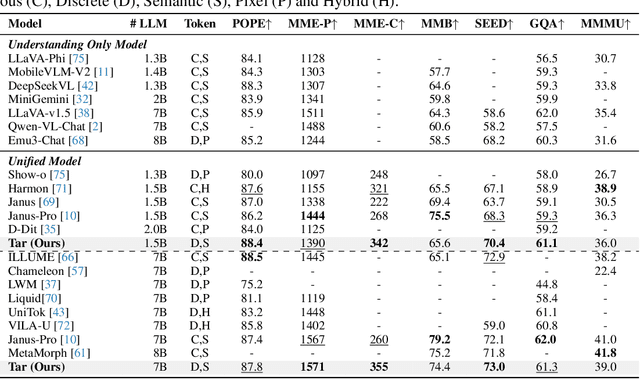
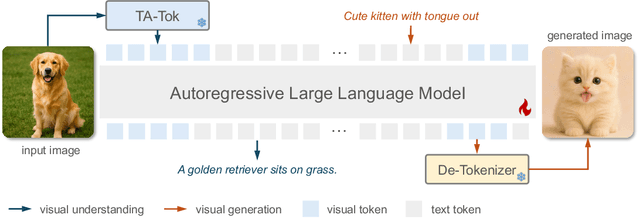
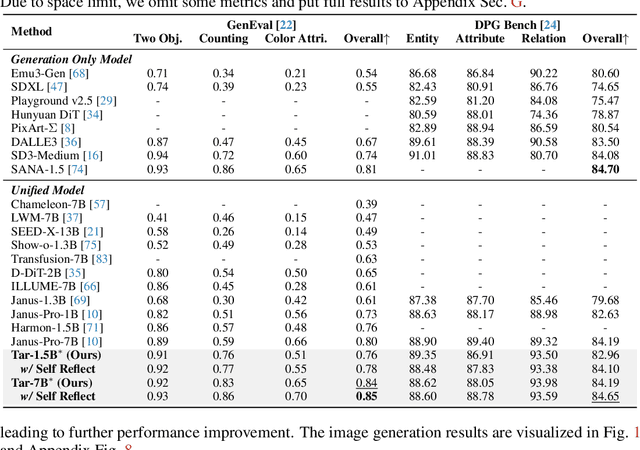
Abstract:This paper presents a multimodal framework that attempts to unify visual understanding and generation within a shared discrete semantic representation. At its core is the Text-Aligned Tokenizer (TA-Tok), which converts images into discrete tokens using a text-aligned codebook projected from a large language model's (LLM) vocabulary. By integrating vision and text into a unified space with an expanded vocabulary, our multimodal LLM, Tar, enables cross-modal input and output through a shared interface, without the need for modality-specific designs. Additionally, we propose scale-adaptive encoding and decoding to balance efficiency and visual detail, along with a generative de-tokenizer to produce high-fidelity visual outputs. To address diverse decoding needs, we utilize two complementary de-tokenizers: a fast autoregressive model and a diffusion-based model. To enhance modality fusion, we investigate advanced pre-training tasks, demonstrating improvements in both visual understanding and generation. Experiments across benchmarks show that Tar matches or surpasses existing multimodal LLM methods, achieving faster convergence and greater training efficiency. Code, models, and data are available at https://tar.csuhan.com
VINCIE: Unlocking In-context Image Editing from Video
Jun 12, 2025Abstract:In-context image editing aims to modify images based on a contextual sequence comprising text and previously generated images. Existing methods typically depend on task-specific pipelines and expert models (e.g., segmentation and inpainting) to curate training data. In this work, we explore whether an in-context image editing model can be learned directly from videos. We introduce a scalable approach to annotate videos as interleaved multimodal sequences. To effectively learn from this data, we design a block-causal diffusion transformer trained on three proxy tasks: next-image prediction, current segmentation prediction, and next-segmentation prediction. Additionally, we propose a novel multi-turn image editing benchmark to advance research in this area. Extensive experiments demonstrate that our model exhibits strong in-context image editing capabilities and achieves state-of-the-art results on two multi-turn image editing benchmarks. Despite being trained exclusively on videos, our model also shows promising abilities in multi-concept composition, story generation, and chain-of-editing applications.
Mastering Massive Multi-Task Reinforcement Learning via Mixture-of-Expert Decision Transformer
May 30, 2025Abstract:Despite recent advancements in offline multi-task reinforcement learning (MTRL) have harnessed the powerful capabilities of the Transformer architecture, most approaches focus on a limited number of tasks, with scaling to extremely massive tasks remaining a formidable challenge. In this paper, we first revisit the key impact of task numbers on current MTRL method, and further reveal that naively expanding the parameters proves insufficient to counteract the performance degradation as the number of tasks escalates. Building upon these insights, we propose M3DT, a novel mixture-of-experts (MoE) framework that tackles task scalability by further unlocking the model's parameter scalability. Specifically, we enhance both the architecture and the optimization of the agent, where we strengthen the Decision Transformer (DT) backbone with MoE to reduce task load on parameter subsets, and introduce a three-stage training mechanism to facilitate efficient training with optimal performance. Experimental results show that, by increasing the number of experts, M3DT not only consistently enhances its performance as model expansion on the fixed task numbers, but also exhibits remarkable task scalability, successfully extending to 160 tasks with superior performance.
Seaweed-7B: Cost-Effective Training of Video Generation Foundation Model
Apr 11, 2025Abstract:This technical report presents a cost-efficient strategy for training a video generation foundation model. We present a mid-sized research model with approximately 7 billion parameters (7B) called Seaweed-7B trained from scratch using 665,000 H100 GPU hours. Despite being trained with moderate computational resources, Seaweed-7B demonstrates highly competitive performance compared to contemporary video generation models of much larger size. Design choices are especially crucial in a resource-constrained setting. This technical report highlights the key design decisions that enhance the performance of the medium-sized diffusion model. Empirically, we make two observations: (1) Seaweed-7B achieves performance comparable to, or even surpasses, larger models trained on substantially greater GPU resources, and (2) our model, which exhibits strong generalization ability, can be effectively adapted across a wide range of downstream applications either by lightweight fine-tuning or continue training. See the project page at https://seaweed.video/
An Integrated AI-Enabled System Using One Class Twin Cross Learning (OCT-X) for Early Gastric Cancer Detection
Mar 31, 2025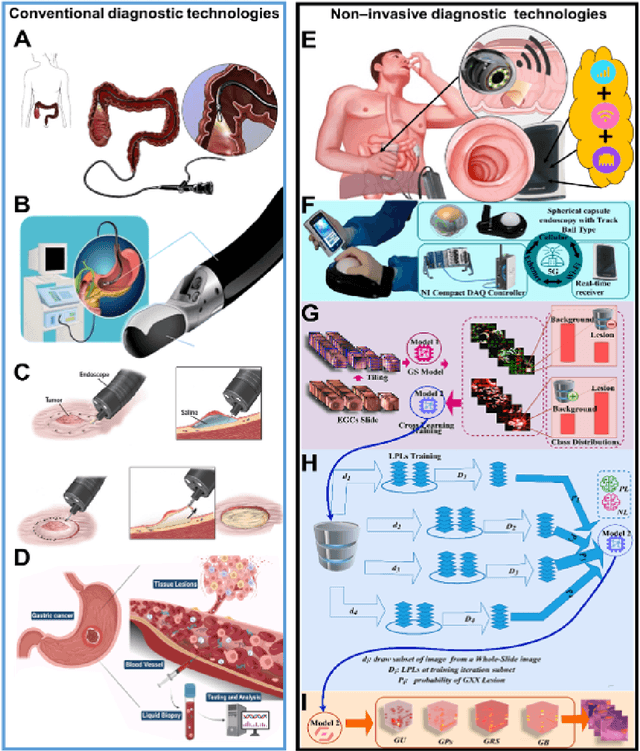
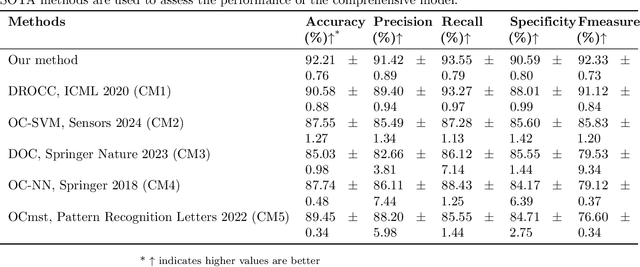
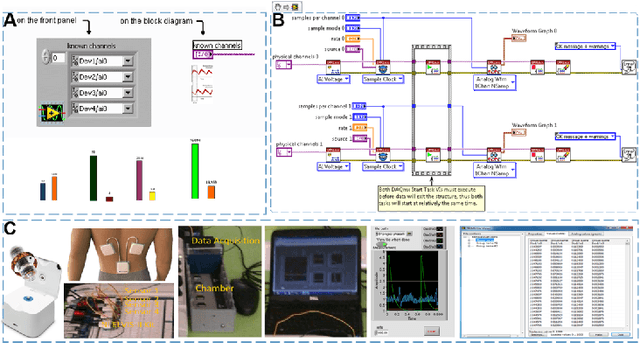
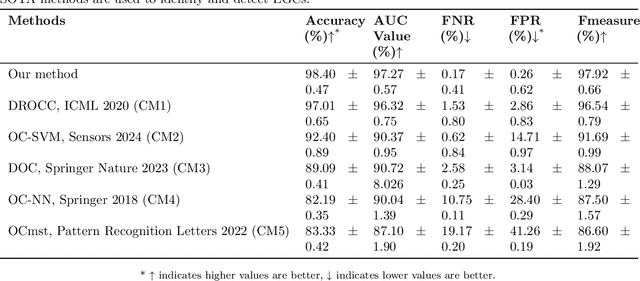
Abstract:Early detection of gastric cancer, a leading cause of cancer-related mortality worldwide, remains hampered by the limitations of current diagnostic technologies, leading to high rates of misdiagnosis and missed diagnoses. To address these challenges, we propose an integrated system that synergizes advanced hardware and software technologies to balance speed-accuracy. Our study introduces the One Class Twin Cross Learning (OCT-X) algorithm. Leveraging a novel fast double-threshold grid search strategy (FDT-GS) and a patch-based deep fully convolutional network, OCT-X maximizes diagnostic accuracy through real-time data processing and seamless lesion surveillance. The hardware component includes an all-in-one point-of-care testing (POCT) device with high-resolution imaging sensors, real-time data processing, and wireless connectivity, facilitated by the NI CompactDAQ and LabVIEW software. Our integrated system achieved an unprecedented diagnostic accuracy of 99.70%, significantly outperforming existing models by up to 4.47%, and demonstrated a 10% improvement in multirate adaptability. These findings underscore the potential of OCT-X as well as the integrated system in clinical diagnostics, offering a path toward more accurate, efficient, and less invasive early gastric cancer detection. Future research will explore broader applications, further advancing oncological diagnostics. Code is available at https://github.com/liu37972/Multirate-Location-on-OCT-X-Learning.git.
Synthetic Video Enhances Physical Fidelity in Video Synthesis
Mar 26, 2025Abstract:We investigate how to enhance the physical fidelity of video generation models by leveraging synthetic videos derived from computer graphics pipelines. These rendered videos respect real-world physics, such as maintaining 3D consistency, and serve as a valuable resource that can potentially improve video generation models. To harness this potential, we propose a solution that curates and integrates synthetic data while introducing a method to transfer its physical realism to the model, significantly reducing unwanted artifacts. Through experiments on three representative tasks emphasizing physical consistency, we demonstrate its efficacy in enhancing physical fidelity. While our model still lacks a deep understanding of physics, our work offers one of the first empirical demonstrations that synthetic video enhances physical fidelity in video synthesis. Website: https://kevinz8866.github.io/simulation/
ASP-VMUNet: Atrous Shifted Parallel Vision Mamba U-Net for Skin Lesion Segmentation
Mar 25, 2025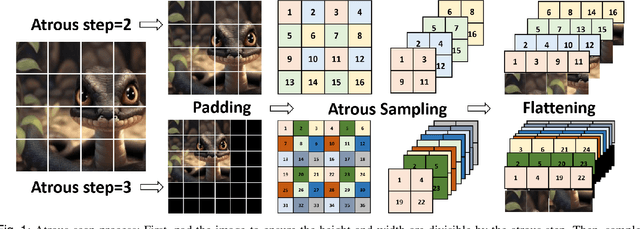
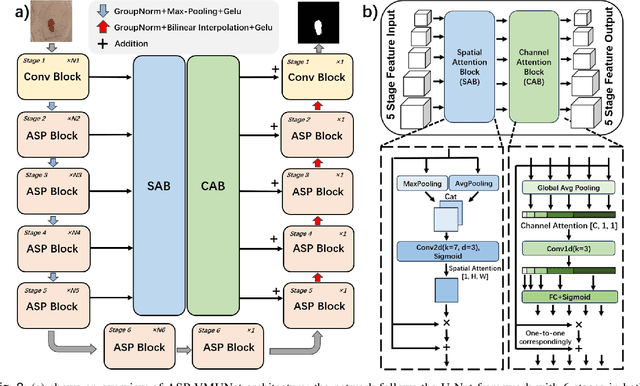
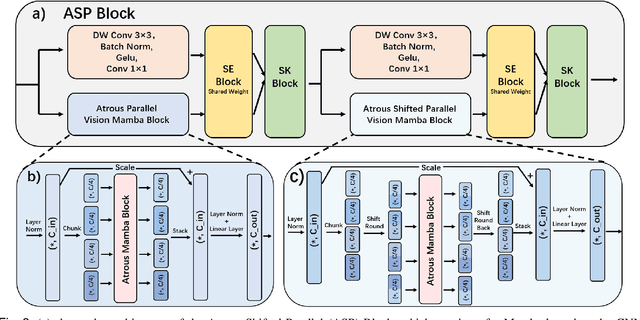
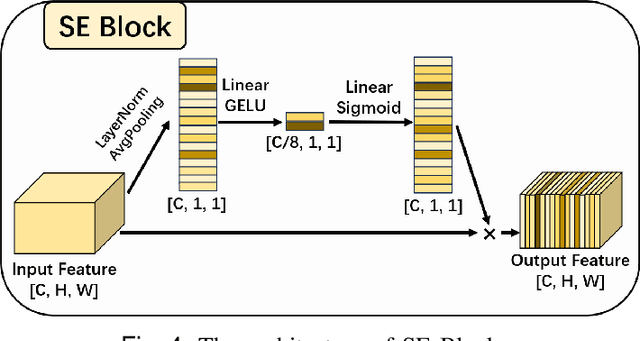
Abstract:Skin lesion segmentation is a critical challenge in computer vision, and it is essential to separate pathological features from healthy skin for diagnostics accurately. Traditional Convolutional Neural Networks (CNNs) are limited by narrow receptive fields, and Transformers face significant computational burdens. This paper presents a novel skin lesion segmentation framework, the Atrous Shifted Parallel Vision Mamba UNet (ASP-VMUNet), which integrates the efficient and scalable Mamba architecture to overcome limitations in traditional CNNs and computationally demanding Transformers. The framework introduces an atrous scan technique that minimizes background interference and expands the receptive field, enhancing Mamba's scanning capabilities. Additionally, the inclusion of a Parallel Vision Mamba (PVM) layer and a shift round operation optimizes feature segmentation and fosters rich inter-segment information exchange. A supplementary CNN branch with a Selective-Kernel (SK) Block further refines the segmentation by blending local and global contextual information. Tested on four benchmark datasets (ISIC16/17/18 and PH2), ASP-VMUNet demonstrates superior performance in skin lesion segmentation, validated by comprehensive ablation studies. This approach not only advances medical image segmentation but also highlights the benefits of hybrid architectures in medical imaging technology. Our code is available at https://github.com/BaoBao0926/ASP-VMUNet/tree/main.
CameraCtrl II: Dynamic Scene Exploration via Camera-controlled Video Diffusion Models
Mar 13, 2025Abstract:This paper introduces CameraCtrl II, a framework that enables large-scale dynamic scene exploration through a camera-controlled video diffusion model. Previous camera-conditioned video generative models suffer from diminished video dynamics and limited range of viewpoints when generating videos with large camera movement. We take an approach that progressively expands the generation of dynamic scenes -- first enhancing dynamic content within individual video clip, then extending this capability to create seamless explorations across broad viewpoint ranges. Specifically, we construct a dataset featuring a large degree of dynamics with camera parameter annotations for training while designing a lightweight camera injection module and training scheme to preserve dynamics of the pretrained models. Building on these improved single-clip techniques, we enable extended scene exploration by allowing users to iteratively specify camera trajectories for generating coherent video sequences. Experiments across diverse scenarios demonstrate that CameraCtrl Ii enables camera-controlled dynamic scene synthesis with substantially wider spatial exploration than previous approaches.
DreamInsert: Zero-Shot Image-to-Video Object Insertion from A Single Image
Mar 13, 2025Abstract:Recent developments in generative diffusion models have turned many dreams into realities. For video object insertion, existing methods typically require additional information, such as a reference video or a 3D asset of the object, to generate the synthetic motion. However, inserting an object from a single reference photo into a target background video remains an uncharted area due to the lack of unseen motion information. We propose DreamInsert, which achieves Image-to-Video Object Insertion in a training-free manner for the first time. By incorporating the trajectory of the object into consideration, DreamInsert can predict the unseen object movement, fuse it harmoniously with the background video, and generate the desired video seamlessly. More significantly, DreamInsert is both simple and effective, achieving zero-shot insertion without end-to-end training or additional fine-tuning on well-designed image-video data pairs. We demonstrated the effectiveness of DreamInsert through a variety of experiments. Leveraging this capability, we present the first results for Image-to-Video object insertion in a training-free manner, paving exciting new directions for future content creation and synthesis. The code will be released soon.
 Add to Chrome
Add to Chrome Add to Firefox
Add to Firefox Add to Edge
Add to Edge